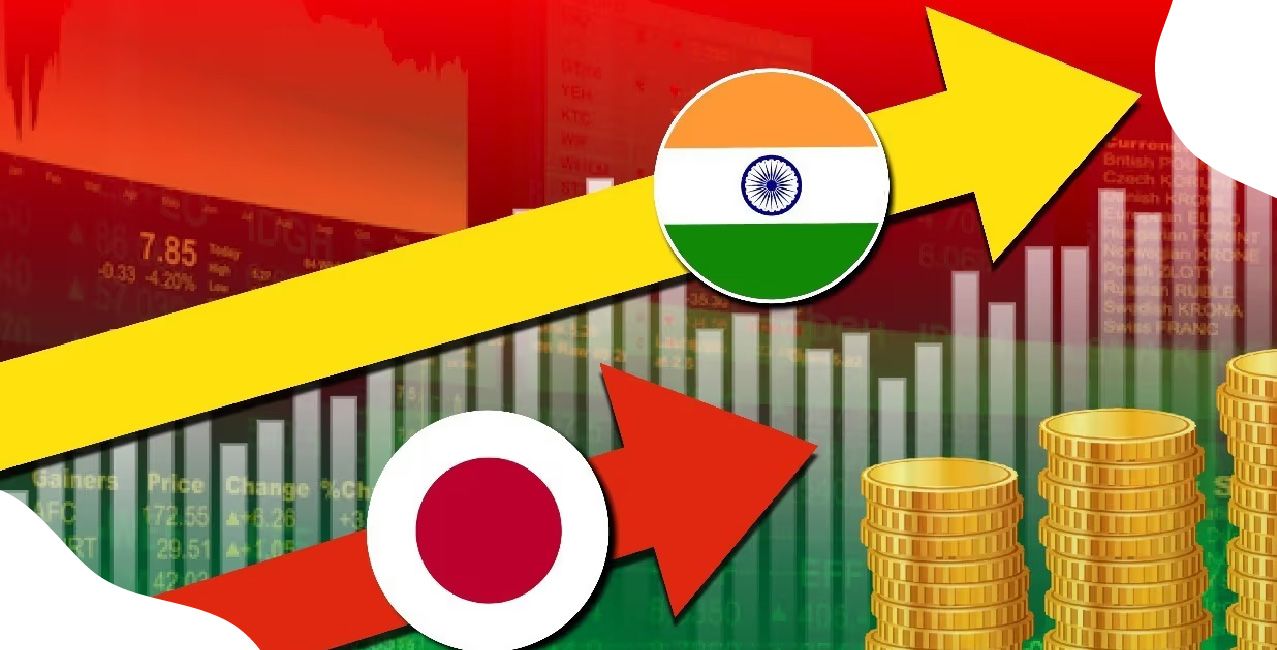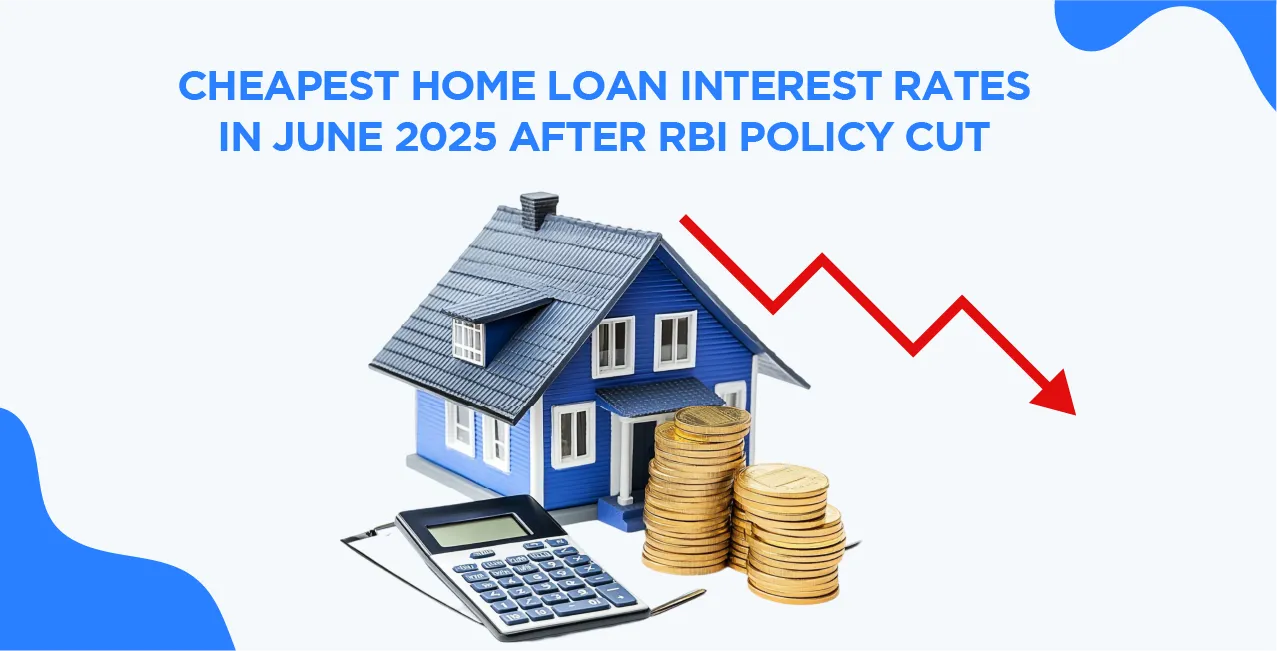
Author
LoansJagat Team
Read Time
4 Min
18 Aug 2025
S&P Raises Ratings of 10 Indian Financial Institutions After Sovereign Upgrade
S&P Global Ratings has recently taken a significant step by raising the long-term issuer credit ratings of ten major Indian financial institutions, a move that comes on the heels of its historic sovereign rating upgrade for India.
This milestone is not merely technical; it reflects broader structural improvements and signals stronger investor confidence in the Indian financial ecosystem.
This article explores the past, present, and future implications of these upgrades, noting the factors that influenced them and their immediate impact.
Historic Context: The 18-Year Wait
The institutional upgrades stem from S&P’s decision earlier in the week to upgrade India's sovereign long-term credit rating from BBB-/Positive/A-3 to BBB/Stable/A-2, marking the first sovereign upgrade in 18 years.
This upgrade was driven by India's effective economic resilience, disciplined fiscal consolidation, controlled inflation, and structural reforms such as the Insolvency & Bankruptcy Code (IBC).
Financial institutions in India often carry ratings capped by the sovereign level, so improving the sovereign rating directly enables upgrades downstream, improving their funding costs and borrowing terms.
Breakdown of the Upgraded Institutions
Here is the detailed breakdown of the 10 upgraded entities, categorised by type, with both their previous and revised credit ratings:
Read More – Breaking News: RBI Governor Says India on Track to Become Third-Largest Economy Despite Global Challenges
Before understanding the table, here are a few key pointers:
- The upgrade encompasses 7 banks and 3 finance companies.
- All institutions saw their long-term issuer credit ratings improve by one notch—from BBB-/Positive/A-3 to BBB/Stable/A-2.
- Some entities also received improvements in their Stand-Alone Credit Profiles (SACPs), reflecting better internal strength.
Following this table, note that:
- The upgrades reflect not only improved sovereign backing but also expectations of better capitalisation, good profitability, and adequate asset quality over the next 12–24 months despite isolated stress pockets.
- The IBC has been pivotal in improving credit culture, reducing bad loan resolution timelines, and strengthening creditor rights—factors foundational to system-wide resilience.
Present Implications: Stability and Investor Confidence
1. Enhanced Investor Sentiment
Lower perceived risk for financial institutions lifts market optimism. This is especially critical for bond markets and long-term debt issuance, which may attract increased foreign and domestic inflows.
2. Lower Borrowing Costs for Government
The sovereign upgrade is expected to exert downward pressure on government borrowing costs. Although G-sec yields have risen modestly in recent weeks, they remain significantly lower than a year ago—so further decline is likely.
3. Healthy Monetary and Fiscal Dynamics
S&P highlighted India's favourable inflation trajectory and accommodative monetary policy as supportive backdrops to the upgrades.
Growth Outlook
India's GDP grew at an impressive average of 8.8% between FY 2022 and FY 2024, the highest in the Asia-Pacific region—reflecting strong underlying momentum. S&P projects a sustained growth rate of around 6.8% for the coming three years.
Institutional Strengthening
Capital-raising plans, improved risk-adjusted capital ratios, and lower risk weights (due to reduced economic risk post-sovereign upgrade) will reinforce balance-sheet resilience across the sector.
Also Read - What Are Banking Leaders Saying About 2025 and Beyond?
Risks & Vigilance
External challenges—such as potential global slowdowns and trade tensions—continue to loom. Moreover, pockets of stress within lending portfolios must be monitored. Continued fiscal consolidation and investment in infrastructure are essential for sustaining confidence.
Conclusion
S&P Global’s coordinated upgrade—first of India’s sovereign rating and then of ten key financial institutions, represents a watershed moment. It underscores the nation’s macroeconomic strength, policy reforms, and institutional maturity.
These rating enhancements are more than symbolic; they lay the groundwork for lower borrowing costs, improved investor sentiment, and deeper capital markets.
However, to translate these upgrades into long-term gains, India must sustain growth, deepen structural reforms, and vigilantly manage risks. If these dynamics hold, the country is poised for deeper financial integration and continuing investor optimism well into the future.
About the Author

LoansJagat Team
‘Simplify Finance for Everyone.’ This is the common goal of our team, as we try to explain any topic with relatable examples. From personal to business finance, managing EMIs to becoming debt-free, we do extensive research on each and every parameter, so you don’t have to. Scroll up and have a look at what 15+ years of experience in the BFSI sector looks like.

Quick Apply Loan
Subscribe Now
Related Blog Post

LoansJagat Team • 10 Jun 2025

LoansJagat Team • 06 Jun 2025

LoansJagat Team • 22 Sep 2025